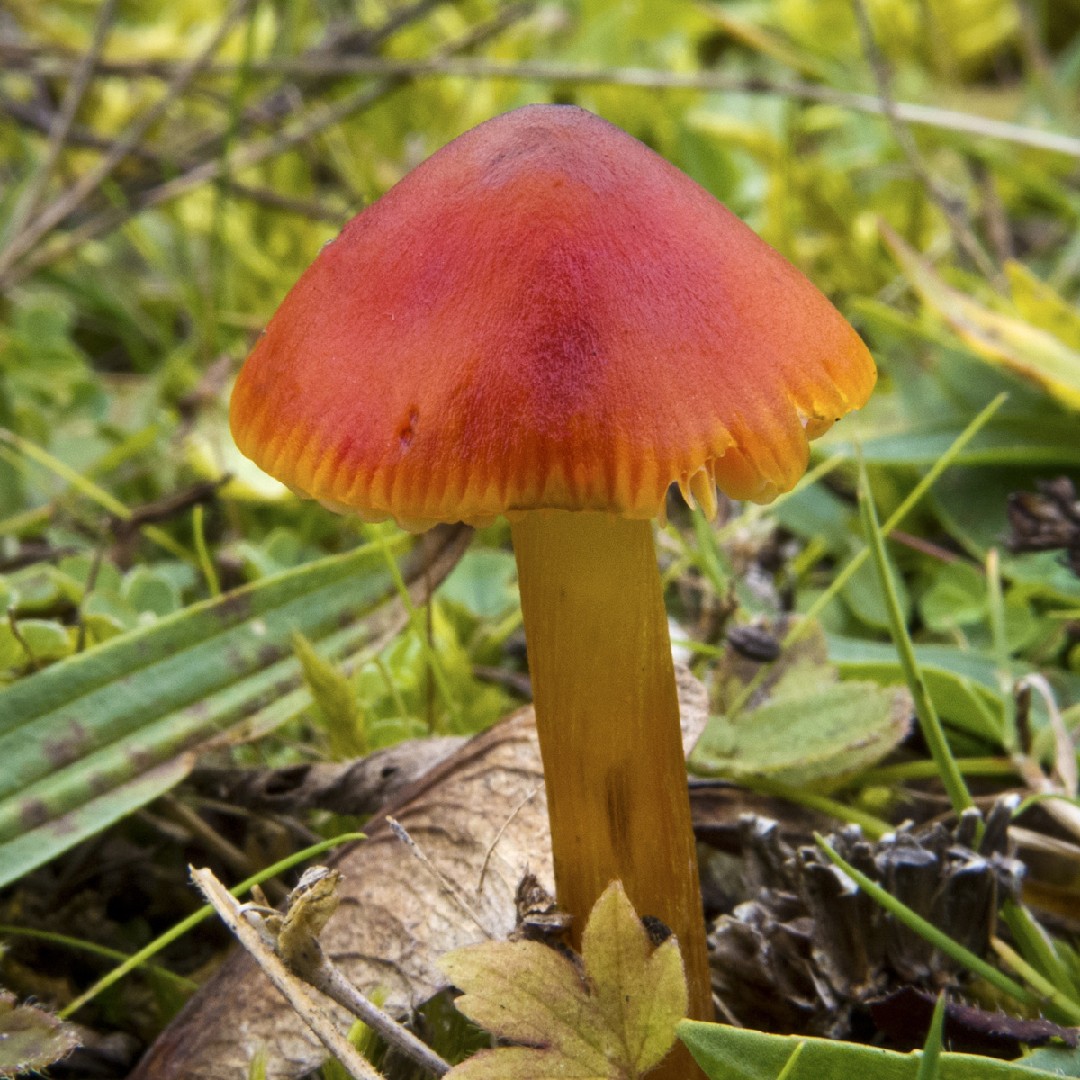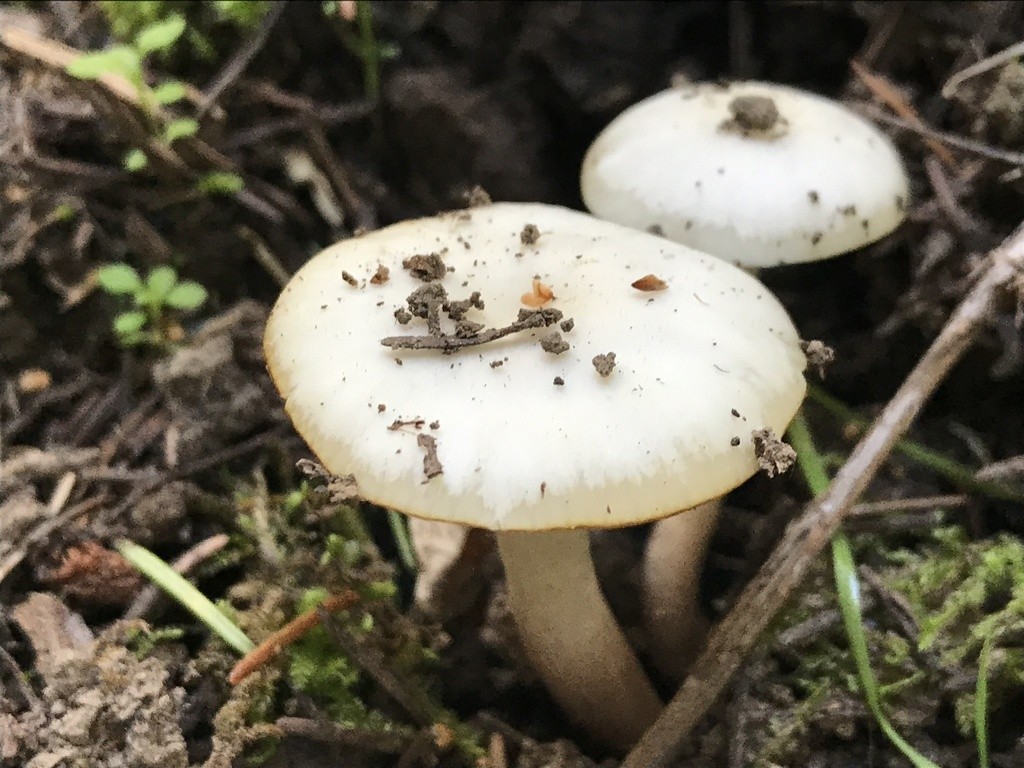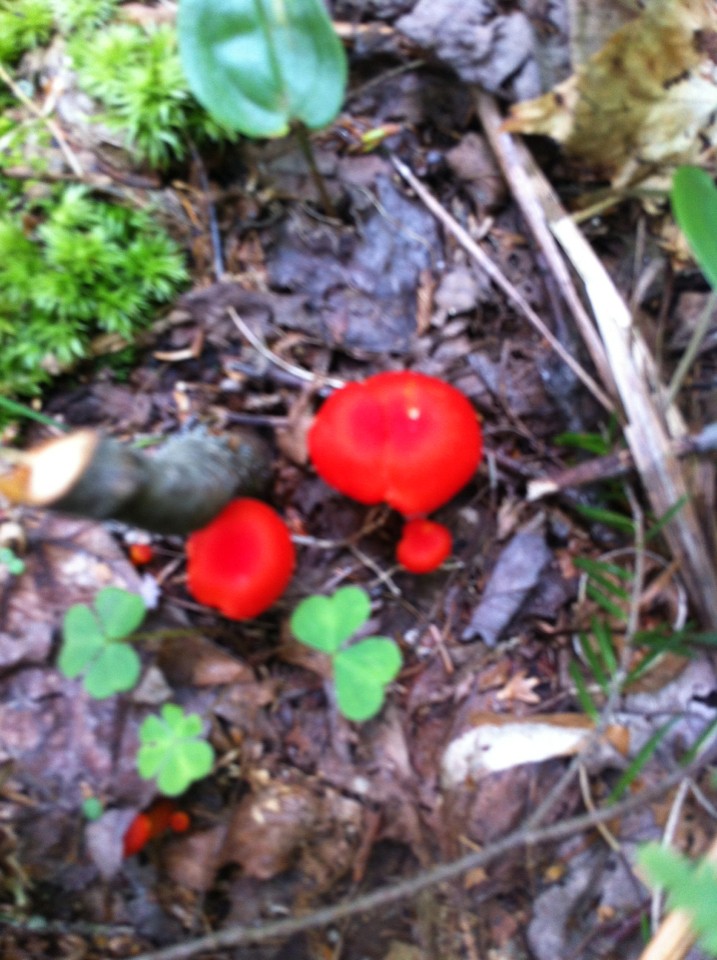Hygrophoraceae
Nome científico: Hygrophoraceae
Hygrophoraceae
Nome científico: Hygrophoraceae
 Photo By AJC1 , used under CC-BY-SA-2.0 /Cropped and compressed from original
Photo By AJC1 , used under CC-BY-SA-2.0 /Cropped and compressed from original Descrição
Os hygrophoraceae são cogumelos encontrados principalmente no solo, embora algumas espécies cresçam sobre madeira ou musgos. Eles apresentam lamelas (estruturas fibrosas na parte inferior do chapéu) de aspecto limpo e encerado. Muitos hygrophoraceae formam relações mutuamente benéficas (simbiose) com as raízes de árvores ou com musgos, mas outros decompõem matéria orgânica. 

